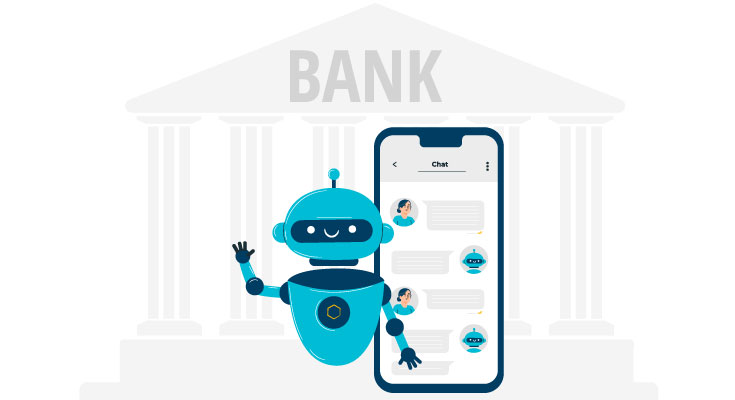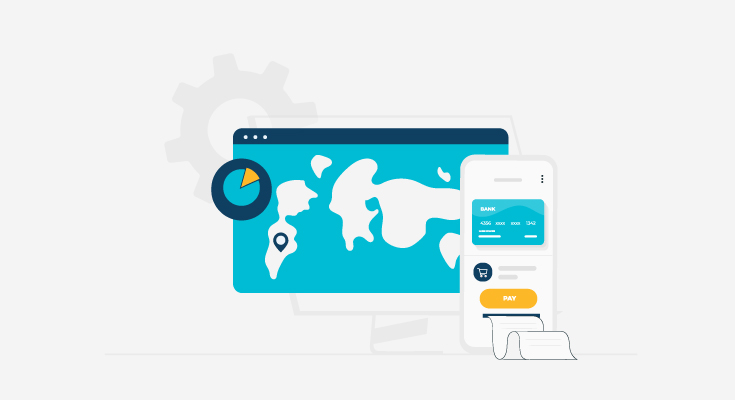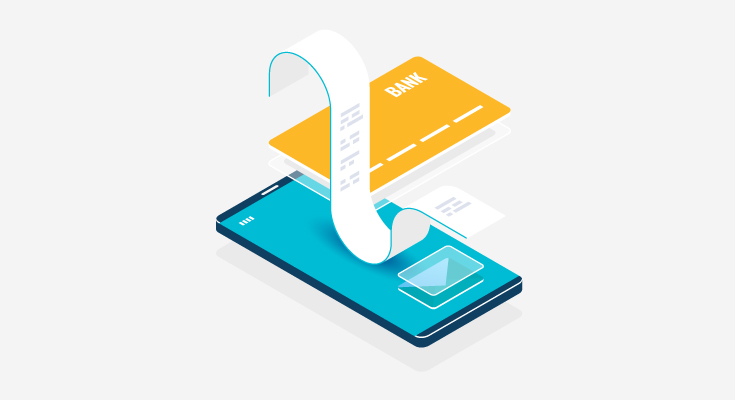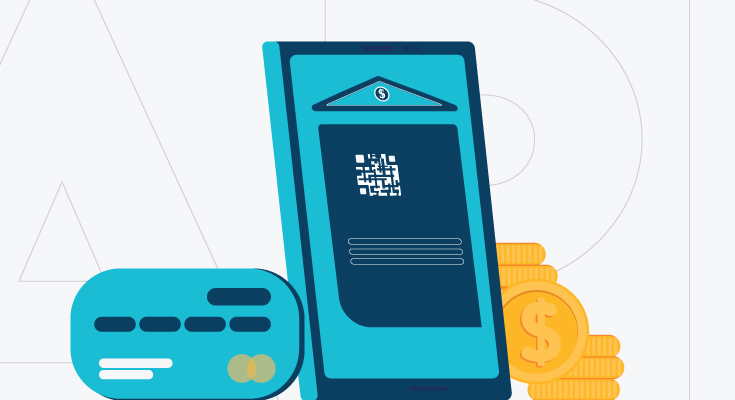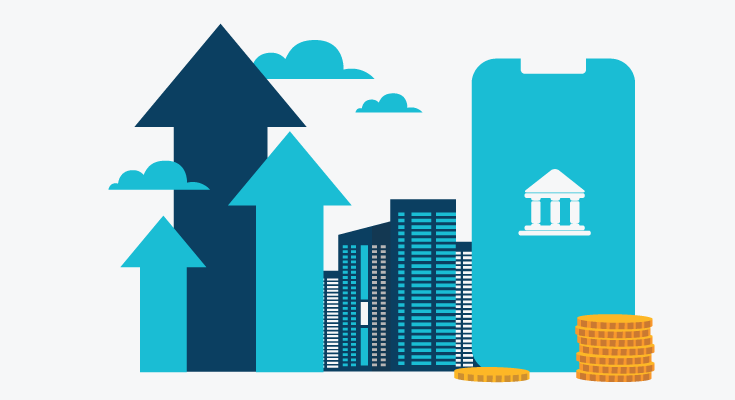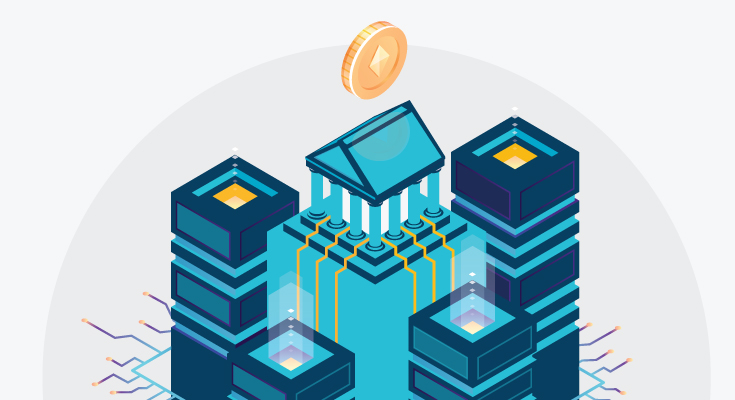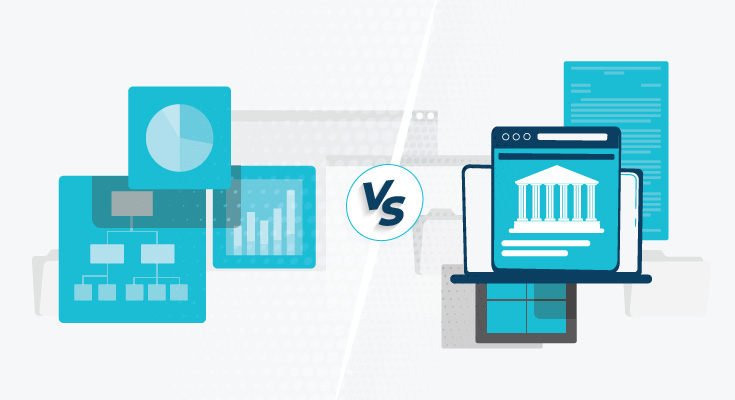Chatbots are amazing. They’ve helped countless sectors improve customer engagement and customer service. Now that the global banking sector has started seeing the benefits of integrating technologies into their process, there are so many technologies left neglected. Providing seamless customer service and experience is vital for retaining customers for any bank. And, in this age of digitization, customers expect banks to be more innovative in their workflow and how they offer services to their customers. The use of AI chatbots in the banking sector is another innovation that can be useful for banks and customers.
Customers’ expectations are high when it comes to digital banking services as FinTechs are putting new digital products and services on a daily basis. Integration of high-end technologies such as artificial intelligence and open banking APIs can help in streamlining or completely transforming the recurring and mundane tasks. In this age of AI-powered tools, chatbots in the banking industry are another solution that the banking sector can use.
There are several benefits of chatbots in banking that leverage AI and machine learning to serve customers better and make more fluent and effective conversations with the customers. AI chatbots in the banking sector can easily provide the consumer with a human-like chat experience while answering their questions.
Chatbots in the banking industry has become a common utility throughout retail banking services as they play a vital role in handling customers using access to real-time data analysis.
In this guide, we’ll list the use cases of chatbots in the banking sector.
Chatbots in Banking Sector: Benefits
Let’s start with how chatbots in banking help retail banks provide a better and more streamlined customer experience by leveraging consumer data and AI.
1. 24/7 Instant Customer Service
One of the most common chatbot use cases in the banking sector is that banks can offer 24/7 online customer support, without having to invest in human operators. Plus, they’re more durable as AI chatbots will end up providing better service than humans.
AI chatbots in the banking sector run state-of-the-art algorithms that can understand and complete the most common commands, over time the AI learns more about customer queries and teaches itself to provide answers to more complex commands as well. This process is known as machine learning.
The more an AI chatbot interacts with customers, the better it’ll become in handling a variety of customer requests.
2. Time and Money Savings
The widespread use of chatbots in the banking sector can help in saving both time and money. Chatbots can work faster and require less training compared to human operators. At their core, chatbots act as virtual financial assistants, helping customers find answers to their problems. This frees up the human operators to focus on more complex problems that can’t be fixed with a chatbot.
With machine learning algorithms, human customer support staff can rely on AI chatbots to get smarter and handle more complex problems raised by customers. This makes the future of chatbots in banking bright throughout the industry.
3. Honest Customer Feedback
Another chatbot use case in the banking sector is that it helps banks get an insight as to what their customers feel about their services. As AI chatbots help out a customer, they can gather valuable customer feedback which can help in figuring out the weak points in a bank’s workflow.
Most customers tend to leave feedback at the end of their conversations with a chatbot. Getting reviews in chats often helps in understanding how a customer is feeling instead of the old-style email surveys. This can help banks and financial institutions significantly improve their customer engagements and improve their most problematic areas. This is one of the best benefits of chatbots in banking.
4. Personalized Offers
Chatbots in the banking sector can assist banks in offering personalized products and services without feeling too pushy. With the higher standards of customer privacy and permissions, chatbots can understand customer transactional patterns and habits.
The data collected from these conversations can be used to provide a more personalized experience to the customers and can even help them learn about investment opportunities and build their financial profiles.
5. Boost Product Adoption
Banks and financial institutions can make their chatbots ask new visitors on a website or customers looking for help if they’re interested in a particular product or service. These service offerings could be anything including loans, savings accounts, credit cards, etc. This customer engagement can provide helpful information for the sales process that focuses on meeting customer needs in a timely way and offers services in a way that feels natural.
The conversational environment via a chatbot can help enhance customer satisfaction with their banks. If a customer is happy with one product offering from their customer, they’ll also be open to getting new products and services from the same bank.
Examples of Chatbots in the Banking Sector
Here’s a list of top banks that are using chatbots to improve their customer interactions. If other banks follow the below-listed examples, the future of chatbots in banking looks great.
1. Bank of America Erica
In 2018, Bank of America unveiled their AI chatbot “Erica”, which also acted as a virtual financial assistant. Erica is available only through the Bank of America’s mobile banking app and it can help customers with simple tasks such as bill payments, credit reports, and getting e-statements.
With time, Erica is improving tremendously. As more and more customers are using digital services, Erica will get to learn more about consumer behaviors.
2. Capital One Eno
Capital One’s AI Chatbots in the banking sector also come with their mobile banking app, it understands consumer behavior and their preferred way of banking. Through Eno, customers can pay the bill instantly and receive real-time updates about account balances, transaction history, and credit limits. Eno leverages machine learning to gain insights into consumer behaviors and helps customers when they need help.
3. American Express Amex
American Express credit card holders can connect their cards with the AmEx chatbot on messenger to receive updates and personalized offers. These often include recommendations, payment reminders, exclusive card benefits, and real-time sale notifications.
